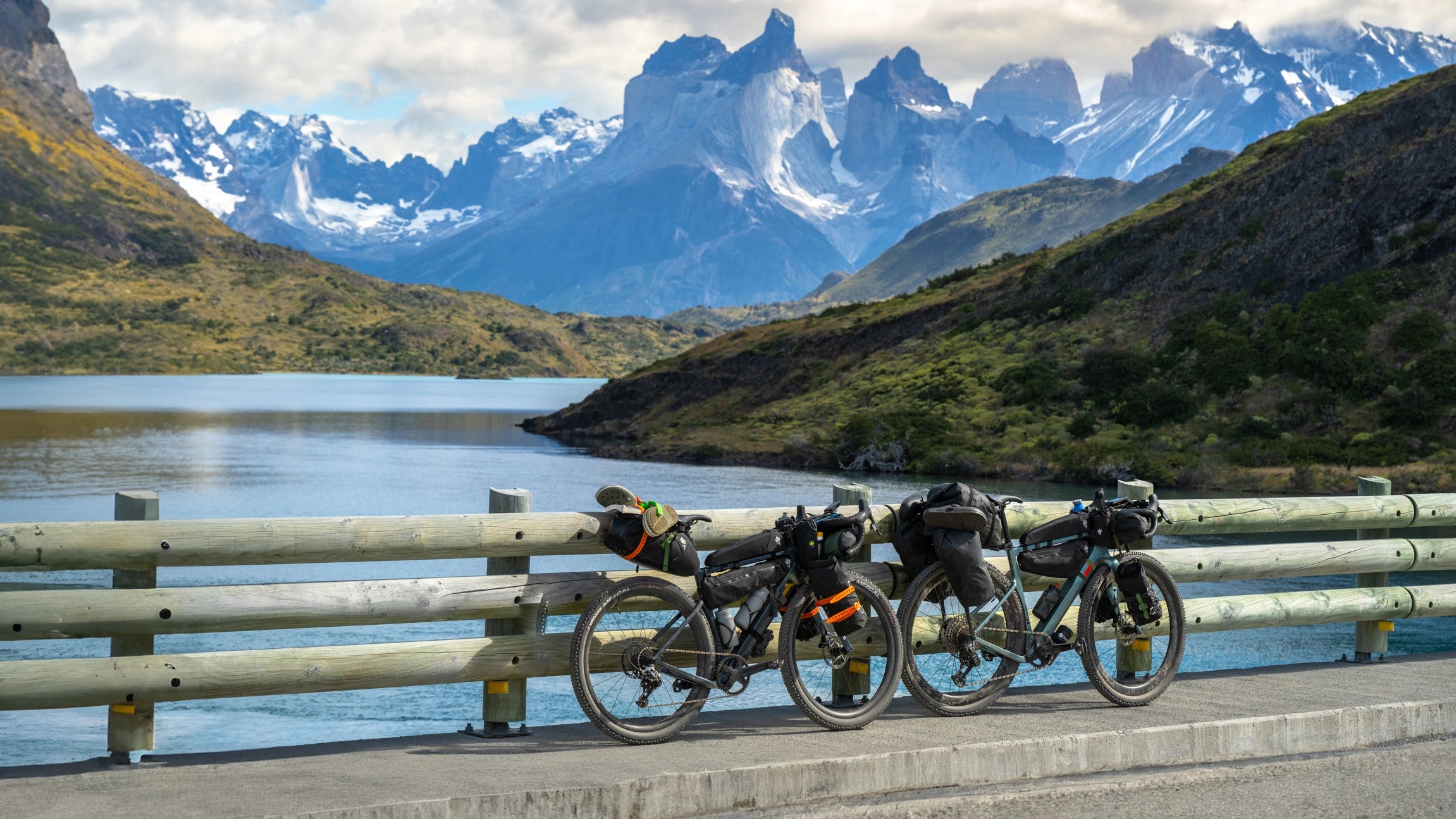Be more conscious
Make greener choices
To empower you to make more informed choices and offset the emissions generated during tire production, each Vittoria tire now lists its carbon footprint. This way, you have a clear environmental indicator when selecting your tire, riding your bike, and ditching your car.
Understand carbon footprint
A carbon footprint is the total amount of carbon dioxide (CO2) emissions directly and indirectly caused by an individual, organization, event, or product. It encompasses everything from the fuel you burn in your car and the electricity you use at home to the production of the goods you purchase, including bicycle tires.
Offset your impact
Offsetting means compensating for the emissions produced by one activity by reducing emissions somewhere else. In this case, as cycling does not emit CO2, by riding a bicycle instead of driving a car you are reducing your overall carbon footprint, essentially offsetting the carbon cost of producing your bicycle and bicycle tires.
Why it matters
The Systematic Approach explained
We have calculated the carbon footprint of our tires according to the ISO 14067:2018 Systematic Approach. Following this methodology we have analyzed the life cycle of our products from cradle-to-grave, meaning from raw material extraction (the “cradle”) to their end-of-life (the “grave”). This approach was chosen to ensure consistency in the calculation across all product lines.
Final thoughts
Due to the lack of common metrics and data sources, comparing our product carbon footprints with those outside of Vittoria’s range may lead to misleading conclusions. We invite you to use these values to compare products within our own offering. Our analysis shows that across all categories, from road to off road, one of our tires releases an average of 6.5 kg CO2e / 14 lbs CO2e throughout its life cycle. To put this information into perspective, you could offset this impact by cycling approximately 68 km / 43 mi instead of using a car.
Future Commitment
This pioneering effort underscores our strong commitment to environmental sustainability. We continue to innovate and embrace practices that not only elevate the performance of our products but also contribute positively to the planet.



